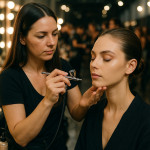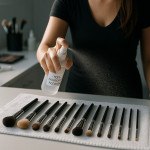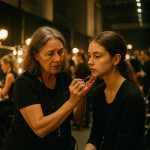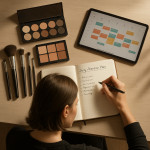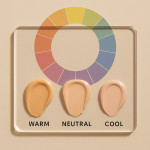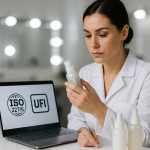Peer-to-peer makeup labs: organising skill-swap sessions between maquilleurs
Peer-to-peer makeup labs turn ordinary practice days into powerhouses of professional growth. In this guide, you'll learn how to set up, run and profit from skill-swap sessions that elevate every maquilleur in the room—without stretching budgets or calendars.
Why peer-to-peer makeup labs are a game-changer
Traditional workshops often focus on one expert teaching a passive audience. A peer-to-peer makeup lab flips that model. Every participant arrives as both mentor and learner, sharing signature techniques and discovering fresh ones in return. The result is a dynamic exchange that:
- Builds a collective library of looks, colour stories and kit hacks.
- Speeds up mastery by matching real-world challenges with multiple solutions.
- Strengthens your professional network—essential when recruiters scan makeup artist training directories for versatile talent.
- Creates social-ready content: think BTS reels that rival agency campaigns.
Pre-planning your first skill-swap session
Define clear learning goals
Set one macro goal (“level up airbrush contouring”) and two or three micro goals (“faster colour matching”, “stronger hygiene workflow”). Clarity attracts the right peers and prevents scope creep.
Curate the invite list
Aim for four to eight maquilleurs. Too few limits idea flow; too many drags time. Mix experience levels so newcomers bring curiosity and veterans share hard-won shortcuts.
Pick the right venue
Natural light is ideal, but consistent artificial lighting works if you control colour temperature. A coworking studio, salon after hours, or home setup with ring lights all work—just ensure each station has:
- A mirror large enough to see the whole face.
- Power outlets for airbrush compressors or UV lamps.
- Sanitation space: alcohol spray, disposable wands, brush cleaner.
Allocate time blocks
Plan a three-hour lab:
- 30 min: arrivals, kit setups, hygiene checks.
- 90 min: rotating skill-swap demos (15 min per maquilleur).
- 30 min: group critique & photo capture.
- 30 min: clean-down, portfolio uploads and next-step commitments.
Structuring an effective skill-swap
Rotating mentor stations
Each maquilleur teaches one “signature move” while others observe and practise on models or dummy heads. For instance, you might swap a humidity-proof festival look (inspired by festival heat-proofing techniques) for someone else's flawless brow mapping.
Live feedback loops
Encourage real-time critique: blend lines, colour payoff, speed. Positive but precise feedback turns the lab into a growth sprint rather than a praise circle.
Capture and catalogue
Shoot before/after photos and quick 10-second clips. Label files with look, products and artist. Upload to a shared drive so everyone can refresh their portfolio—essential when updating a gallery with inclusive skin-tone proofs.
Resource checklist: what to bring
| Category | Essentials | Notes |
|---|---|---|
| Hygiene | 70 % alcohol, disposables, brush soap | Non-negotiable for safety and client trust |
| Tools | Brush set, sponges, airbrush gun | Label personal gear to avoid mix-ups |
| Products | Foundation range, pigments, setting sprays | Include varied undertones for swap diversity |
| Tech | Ring light, tripod, smartphone | Capture high-res content for social proof |
| Admin | Consent forms, look sheets | Streamlines portfolio publication later |
Post-lab follow-up that locks in learning
Within 48 hours, send a recap email summarising:
- Key techniques learned and links to any product lists.
- Drive folder URL for photo assets.
- Date of the next lab—consistency multiplies ROI.
Participants should log new skills in a personal tracker, similar to the habit grid endorsed in airbrush skill-up guides. The act of recording cements neural pathways faster than passive reflection.
Turning peer labs into a revenue stream
Offer branded mini-courses
Package the most requested swaps (e.g., “30-minute glam for live streams”) as paid micro-sessions. Promote through studio newsletters or via platforms that let recruiters check real-time maquilleur calendars.
Upsell content bundles
Clients crave social proof. Sell edited BTS clips or before/after carousels to agencies that need quick promotional assets—just secure clear usage rights first.
Partner with brands
Invite a cosmetics label to sponsor products in exchange for tagged posts. Supply them with usage metrics so they see tangible returns.
Common pitfalls and how to avoid them
- Unequal value exchange : ensure every artist both teaches and learns. A simple sign-up sheet with designated topics balances contributions.
- Product contamination : single-dip rules and brush cleaning demos prevent cross-kit issues.
- Time overruns : appoint a moderator with a timer. When demos hit 15-minute limits, everyone stays energised.
- Portfolio paralysis : block 20 minutes at the end for immediate photo uploads so no one forgets.
Peer-to-peer makeup lab checklist
- Set clearly defined learning objectives.
- Invite four–eight diverse maquilleurs.
- Secure a venue with good lighting and sanitation zones.
- Create a time-blocked agenda and share it in advance.
- Prepare consent forms for models and photo use.
- Execute rotating demos with real-time feedback.
- Capture high-quality visuals and distribute assets.
- Send a recap email and schedule the next lab.
Mini quiz: could you run a peer-to-peer lab tomorrow?
FAQ
- Do I need professional models for a peer lab?
- No. Fellow maquilleurs can model for each other or you can use practice heads if budgets are tight.
- How often should labs occur?
- Monthly sessions strike a balance between consistency and workload.
- Can labs be virtual?
- Yes. Use dual-camera setups on video calls for close-up demos, but remember that hygiene and tactile feedback are harder to manage remotely.
- What about product allergies?
- Collect allergy info beforehand and keep ingredient lists handy. Offer hypoallergenic alternatives when possible.
- How do I prove ROI to potential sponsors?
- Track metrics: participant count, social reach, new techniques mastered and any paid bookings that follow the lab.
Ready to host your own peer lab?
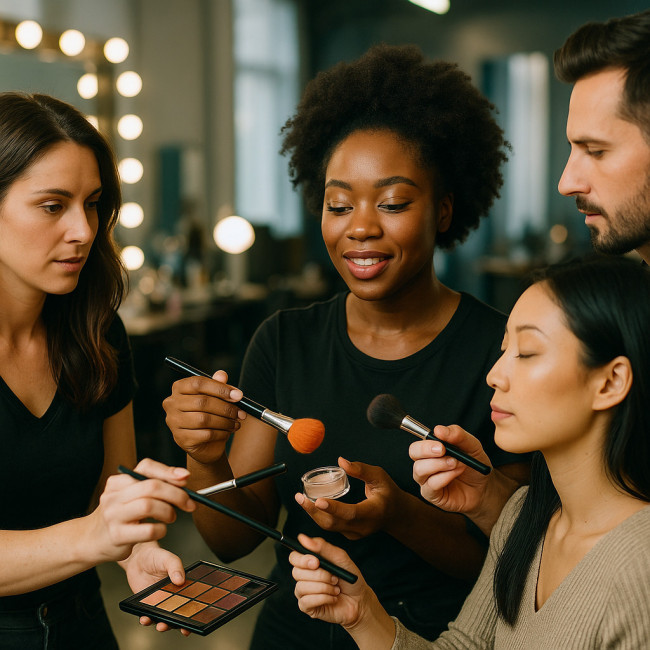
Gather your favourite creators, lock a date and download our free agenda template. Every lab you run sharpens techniques, enriches portfolios and positions you as a leader in the beauty community. Don't wait—start planning today and turn collective creativity into career-defining momentum.
